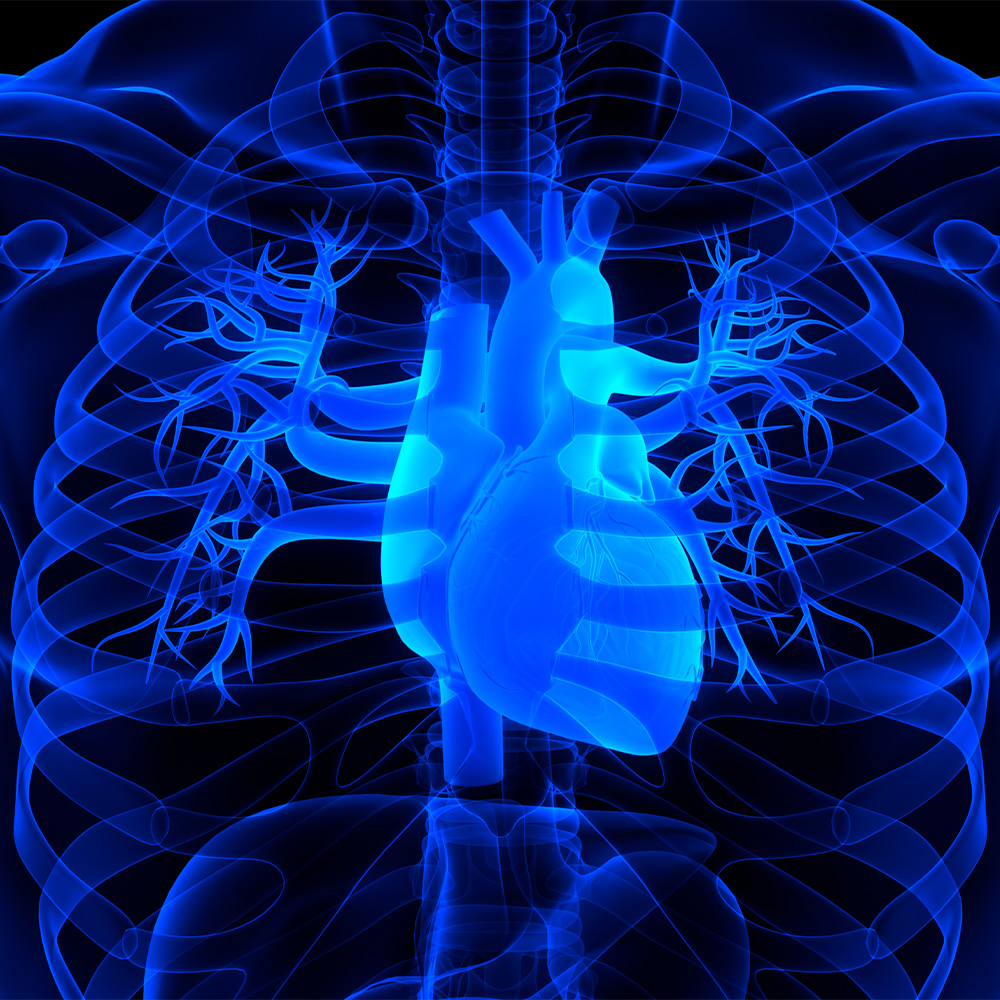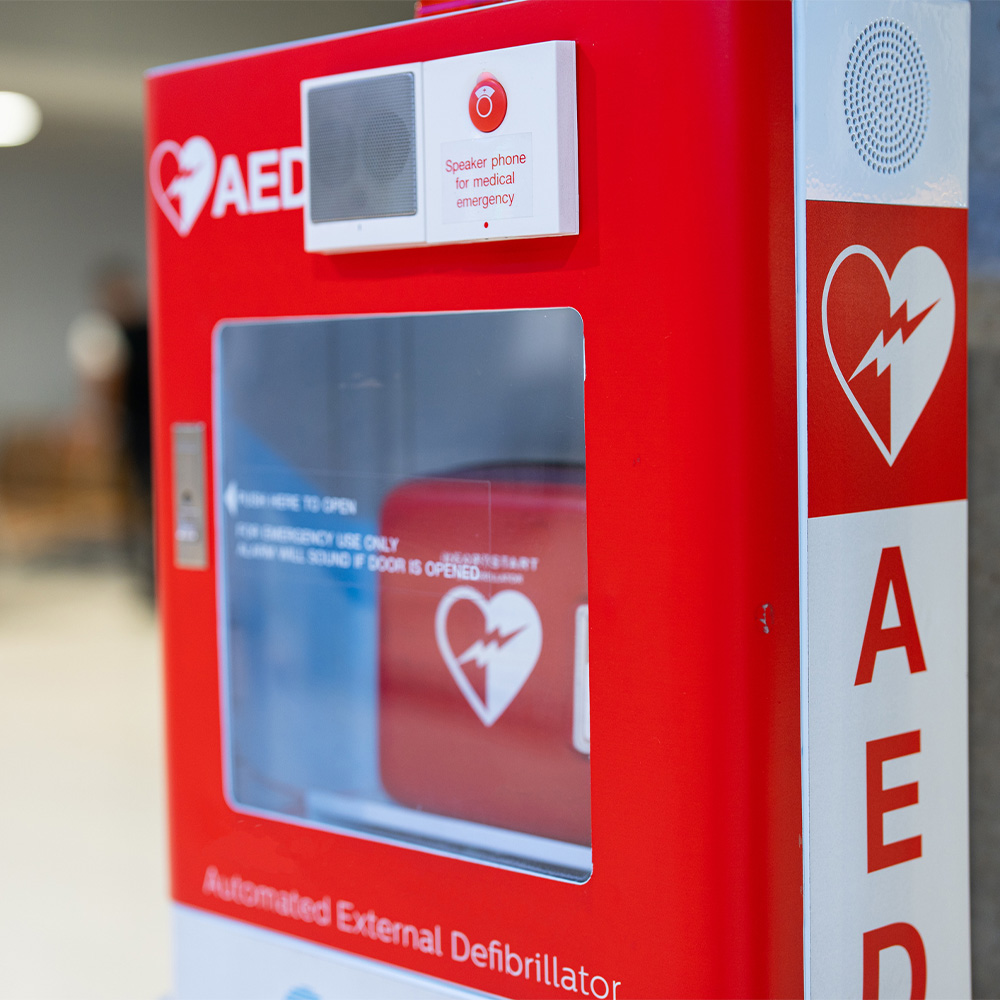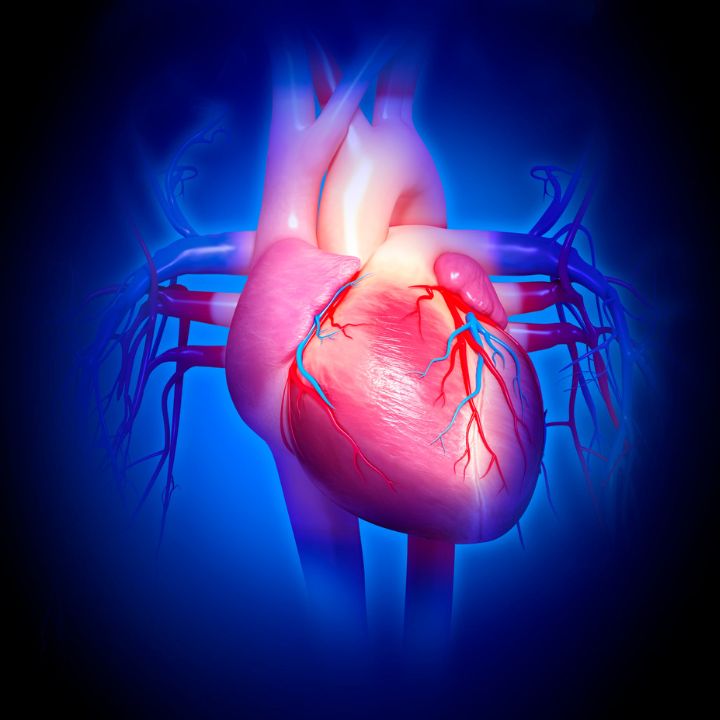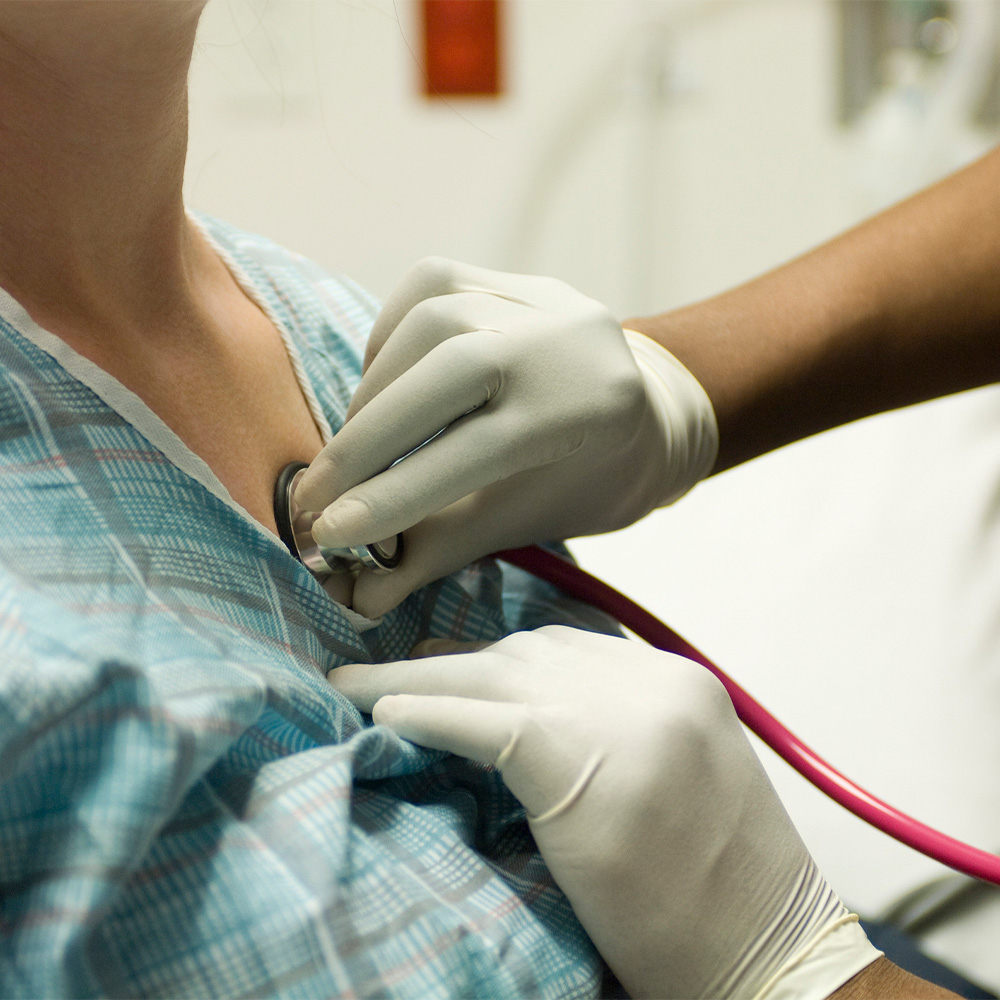New blood pressure guidelines will raise awareness

Commentary by Dr. Wanpen Vongpatanasin
Do I have high blood pressure?
It’s a question more people may be asking themselves after the American Heart Association (AHA) and the American College of Cardiology (ACC) released new guidelines that expanded the range for what’s considered high.
The change dropped the level at which a person is diagnosed with hypertension to 130/80 from 140/90, essentially adding about 30 million Americans to the ranks of those living with high blood pressure. (The top number reflects systolic blood pressure measured in arteries as the heart pumps blood, and the bottom indicates diastolic pressure when the heart is relaxed.)
Some doctors are concerned that the lower threshold could lead to too many people being put on medication and the American Academy of Family Physicians has declined to endorse the new guidelines. However, the changes are a step in the right direction. They recognize our growing understanding of the risks of high blood pressure and why we shouldn’t manage hypertension through medical treatments alone.
High blood pressure is directly related to an individual’s overall risk for heart and vascular problems. If you’re between the ages of 40 and 89, the American Heart Association notes that your risk for heart disease and stroke doubles with every 20 points of systolic pressure and every 10 points of diastolic pressure.
Combined with other factors, such as family history or being overweight, blood pressure is a piece of the puzzle your doctor assembles to decide how to manage this risk. If you’re at relatively low risk for a heart attack, you might just need to make a lifestyle change, such as a healthier diet and more exercise. But if you’re at high risk, you’ll also likely need to take medication.
The AHA and ACC are clear in the new guidelines that nondrug treatments should take center stage in managing high blood pressure. Doctors and patients share responsibility here, and monitoring blood pressure should be a routine part of both office visits and everyday life.

At-home measurements can provide more accurate information that reflects a patient’s normal routine. But improper readings can lead to patients being over-treated. To avoid this, measurements should be taken at least three times in one sitting, with the results of the second and third test averaged together. The first reading often tends to be high.
Knowing your numbers is important, but equally so is keeping them under control. If your doctor prescribes medication, it’s essential that you also make lifestyle changes.
One of the more effective changes is managing how much sodium, or salt, you consume each day. The average U.S. woman consumes about 2,980 milligrams of sodium each day, and the average man has 4,240 milligrams. People with high blood pressure should have less than 1,500 milligrams of sodium per day, or about 3,800 milligrams of table salt.
Foods often considered healthy -- such as sandwich bread, canned vegetables and rotisserie chicken -- can be loaded with sodium. One easy way to track sodium intake is by using a smartphone app that provides detailed nutritional information simply by searching the brand name and type of food.
February is American Heart Month, when attention is focused on the dangers of cardiovascular disease. Do you have high blood pressure? Talk with your doctor and get some practical guidance to keep your numbers under control. The more doctors and patients work together, the better we can handle this national issue.
Dr. Wanpen Vongpatanasin is Director of the Hypertension Fellowship Program at UT Southwestern Medical Center. This column was published by the Fort Worth Star-Telegram and D CEO Healthcare.




